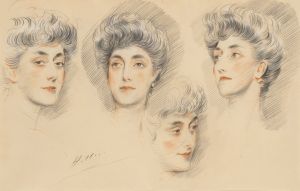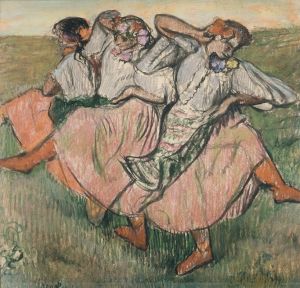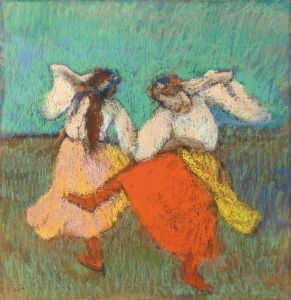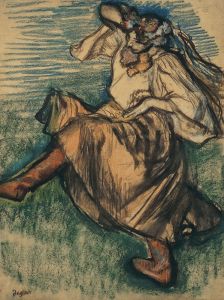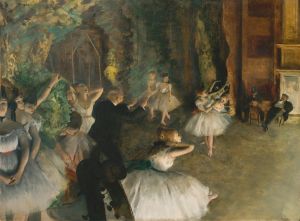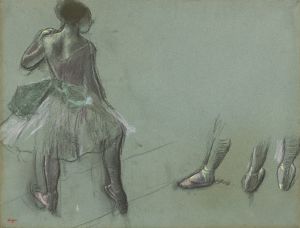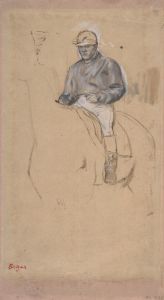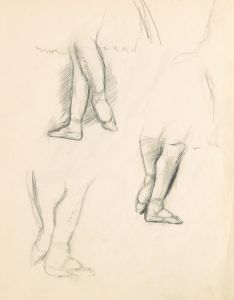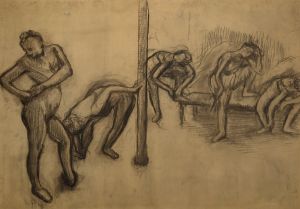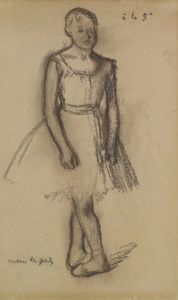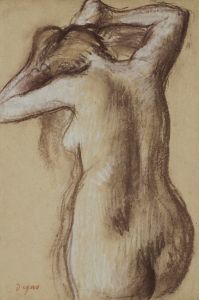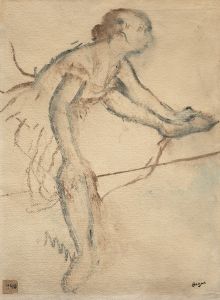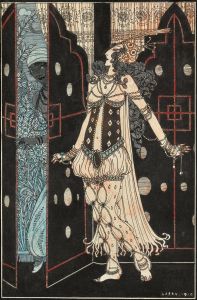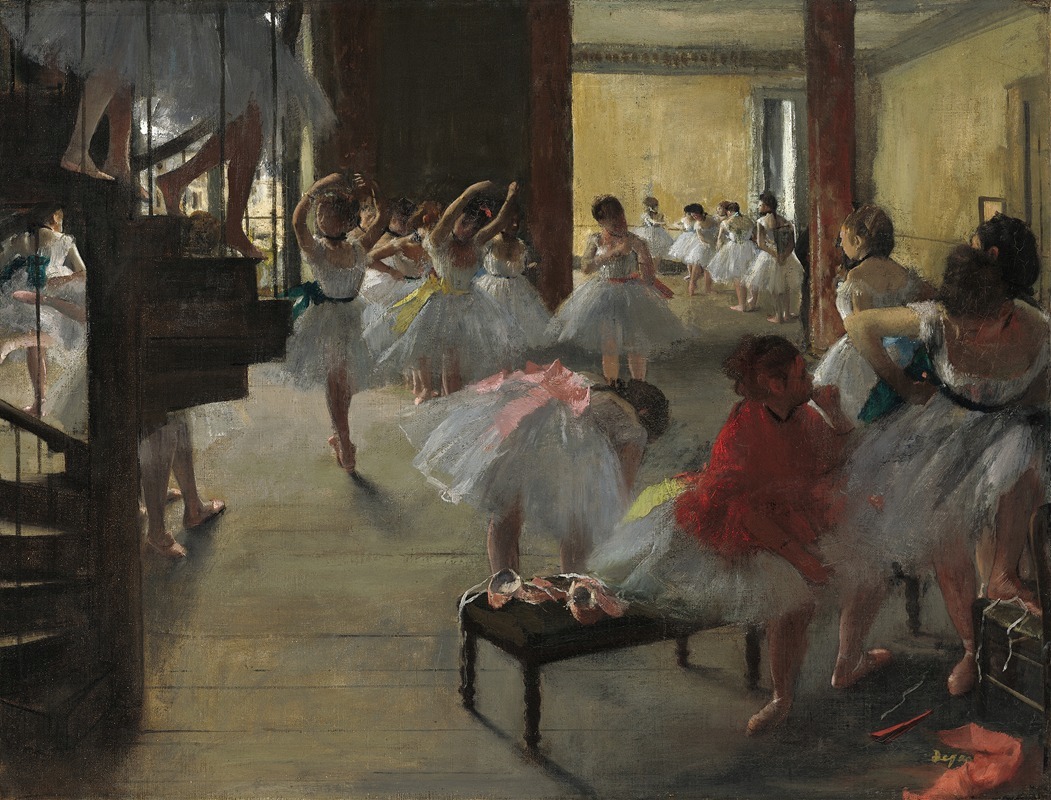
The Dance Class
A hand-painted replica of Edgar Degas’s masterpiece The Dance Class, meticulously crafted by professional artists to capture the true essence of the original. Each piece is created with museum-quality canvas and rare mineral pigments, carefully painted by experienced artists with delicate brushstrokes and rich, layered colors to perfectly recreate the texture of the original artwork. Unlike machine-printed reproductions, this hand-painted version brings the painting to life, infused with the artist’s emotions and skill in every stroke. Whether for personal collection or home decoration, it instantly elevates the artistic atmosphere of any space.
"The Dance Class" is a renowned painting by the French artist Edgar Degas, completed in 1874. Degas is often associated with the Impressionist movement, although he preferred to be called a Realist or an Independent. His work is celebrated for its depiction of contemporary life, particularly focusing on the world of ballet, which became one of his most enduring subjects.
"The Dance Class" is an oil painting on canvas, measuring approximately 85 cm by 75 cm. It is housed in the Musée d'Orsay in Paris, France. This painting is one of two works with the same name created by Degas around the same period, the other being in the collection of the Metropolitan Museum of Art in New York. Both paintings depict a ballet class, but they differ in composition and detail.
In "The Dance Class," Degas captures a moment in a ballet studio, where a group of young dancers is being instructed by the renowned ballet master Jules Perrot. Perrot, who was a real historical figure, is depicted standing with a violinist accompanying the class, emphasizing the importance of music in ballet practice. The scene is set in a rehearsal room at the Paris Opéra, a frequent setting for Degas' ballet-themed works.
Degas' composition is notable for its dynamic arrangement and the way it captures the informal, behind-the-scenes aspects of ballet. The dancers are shown in various poses, some practicing at the barre, others adjusting their costumes or resting. This informal depiction contrasts with the more formal, staged representations of ballet performances that were common at the time. Degas' interest in movement and the human form is evident in the way he captures the dancers' gestures and postures, conveying a sense of spontaneity and realism.
The painting is characterized by Degas' use of light and color, which adds depth and texture to the scene. He employs a muted palette, with soft whites, pinks, and grays dominating the composition. The use of light is particularly effective in highlighting the dancers' tutus and the sheen of the wooden floor, creating a sense of space and atmosphere.
Degas' technique in "The Dance Class" reflects his innovative approach to composition and perspective. He often used unusual viewpoints and cropping, influenced by the burgeoning art of photography and Japanese prints, which were popular in Paris at the time. This approach can be seen in the way the figures are arranged, with some partially obscured or cut off by the edges of the canvas, creating a sense of immediacy and capturing the fleeting nature of the moment.
"The Dance Class" is a testament to Degas' fascination with the world of ballet and his ability to depict it with both accuracy and artistic flair. His work provides a glimpse into the rigorous training and discipline of ballet dancers, as well as the grace and beauty of their art. The painting remains one of Degas' most celebrated works, admired for its technical skill and its insightful portrayal of a unique aspect of 19th-century Parisian life.





